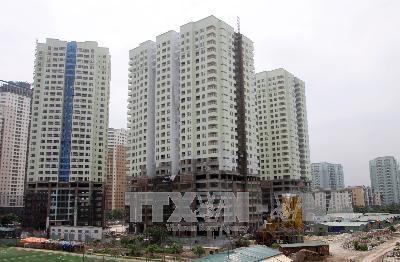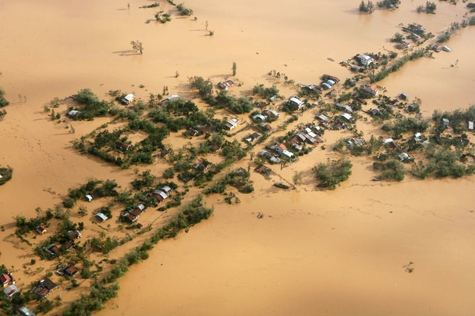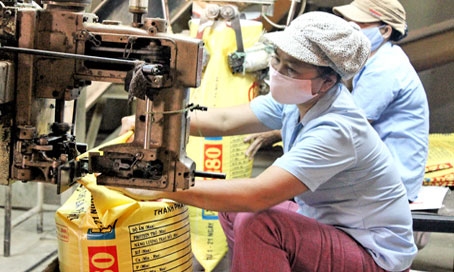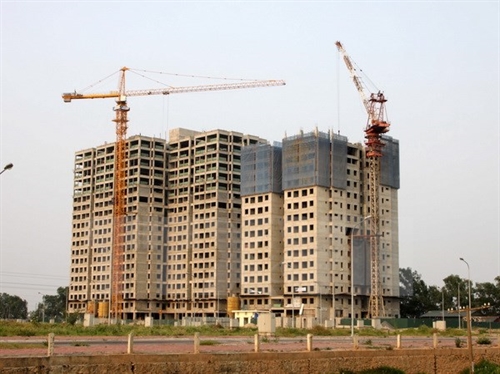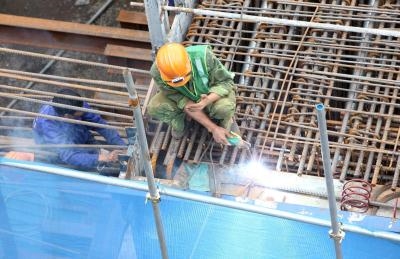In order to tighten lending for real estate projects, the State Bank of Vietnam (SBV) recently revealed a draft circular amending Circular No. 36 issued in 2014, on prudential ratios of credit institutions and foreign bank branches.
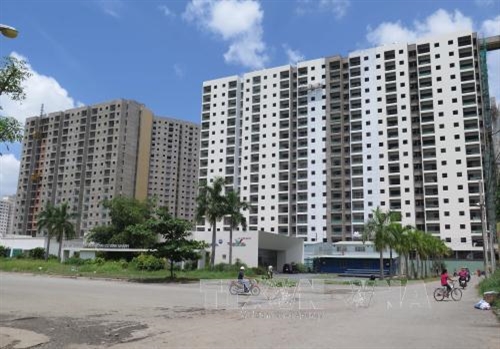 |
| Apartment buildings are under construction in District 2, Ho Chi Minh City__Photo: Hoang Hai/VNA |
Accordingly, the risk weight of loans granted to finance the real estate and securities sectors would be raised from 150 percent as regulated in Circular No. 36 to 250 percent.
In addition, the maximum ratio of short-term funds used for providing medium- and long-term loans would be adjusted from 60 percent to 40 percent for commercial banks, foreign bank branches and cooperative banks, and from 200 percent to 80 percent for non-bank financial institutions.
According to drafters, this move would tighten loans to real estate project owners, or individuals and organizations wishing to purchase, be transferred, rent or hire-purchase real estate for sale, transfer or lease for profit-making purpose.
Previously, experts raised concerns over the real estate “bubble” which might occur in the future if the lending for property investment was not controlled.
As reported by the Ministry of Construction’s Department of Housing and Real Estate Market Management, by November 2015, nine months after the effective date of Circular No. 36, outstanding loans for the real estate sector amounted to VND 375 trillion, a surge of 20 percent against the figures of December 2014.
However, the Ho Chi Minh City Real Estate Association (HoREA) is afraid that credit tightening would cause adverse impacts on the sector which has just recovered from the crisis over the past two years. Specifically, big impacts would be imposed on secondary investors and project developers, causing slumped supply and projects to be left unfinished.- (VLLF)
